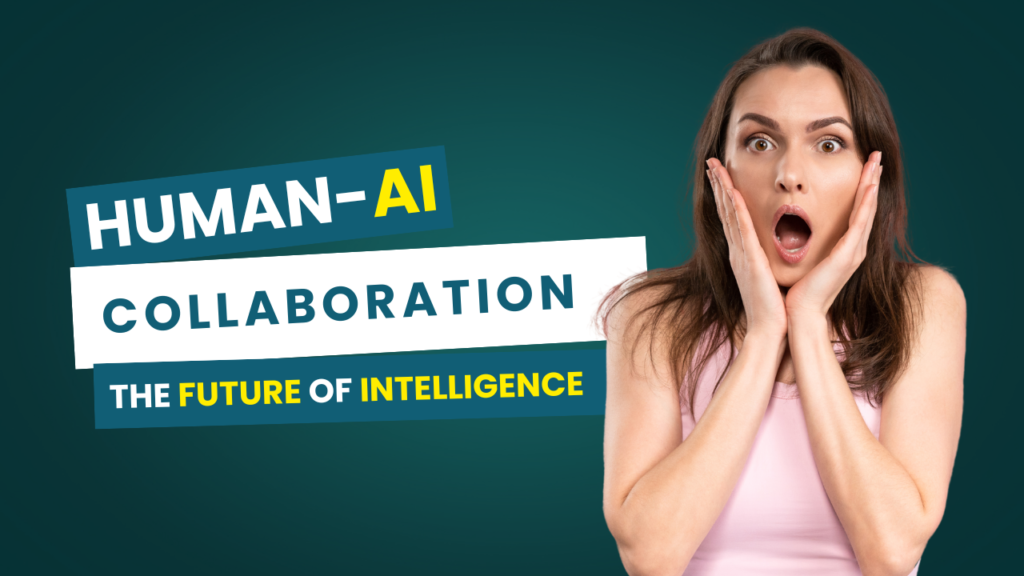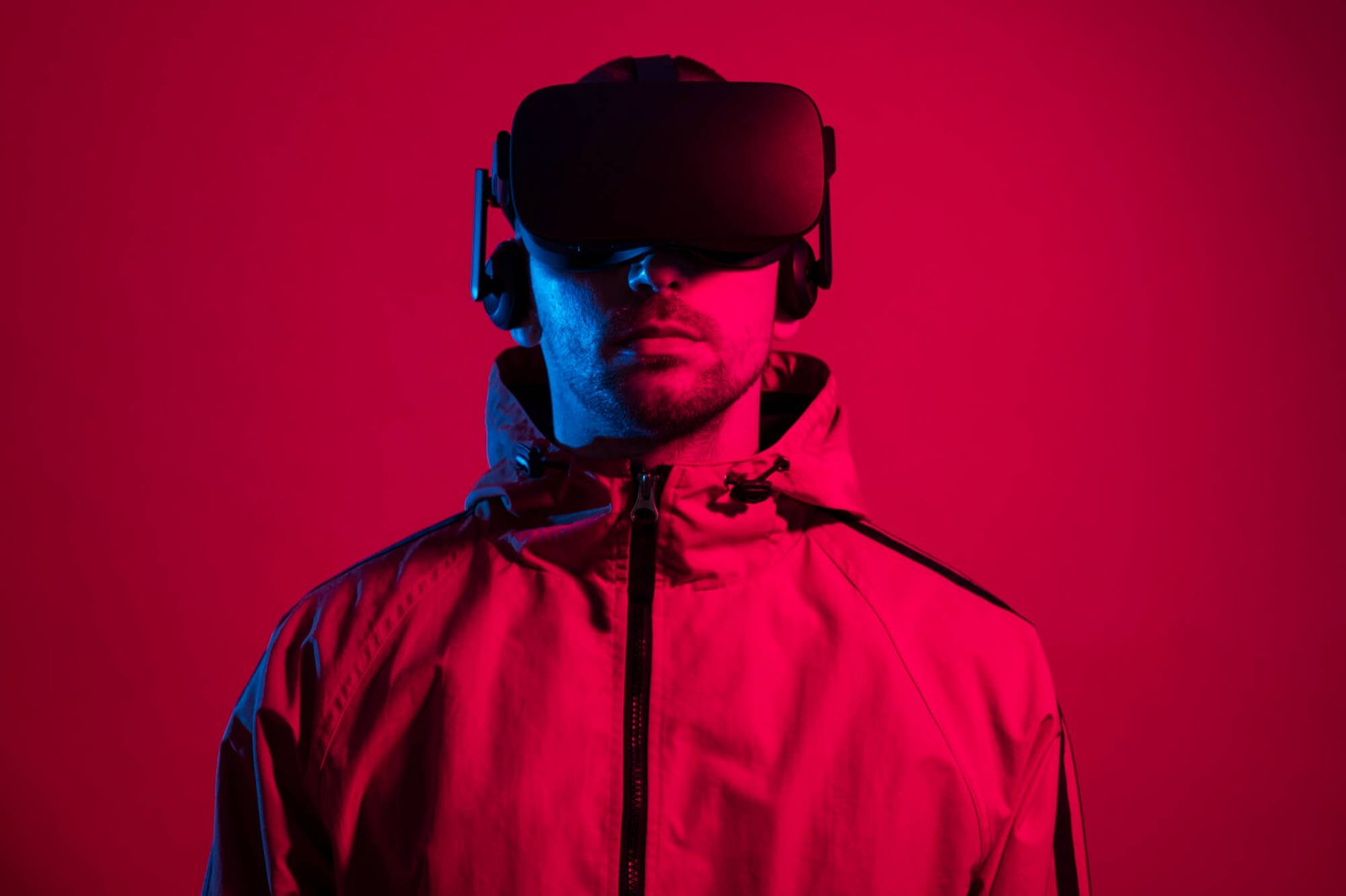Imagine a future where AI-powered spacecraft navigate the cosmos, robots build colonies on Mars, and intelligent systems analyze distant planets for signs of life—all without direct human intervention. This isn’t science fiction; it’s happening now!
From NASA’s AI-driven rovers to self-learning satellites, Artificial Intelligence (AI) is transforming space exploration, making it faster, smarter, and more efficient than ever before. With AI as our co-pilot, we’re unlocking the secrets of the universe!
Let’s dive into how AI is revolutionizing space exploration and shaping humanity’s future among the stars! 🌠
🌍 Why AI is Essential for Space Exploration
Space is vast, unpredictable, and extremely dangerous for humans. AI is the perfect partner for space missions because:
🚀 AI Can Handle Harsh Conditions – AI-powered systems can withstand extreme temperatures, radiation, and long space travel durations.
🔎 AI Processes Massive Data Quickly – AI analyzes cosmic data from telescopes, satellites, and rovers in real-time.
🧠 AI Makes Autonomous Decisions – In deep space, real-time communication with Earth is delayed (up to 20 minutes for Mars!). AI acts instantly without waiting for human commands.
🤖 AI Reduces Human Risk – AI-driven robots can explore dangerous environments, reducing the need for astronauts to take risks.
With these capabilities, AI is reshaping space exploration and helping us go further than ever before! 🚀
🔥 How AI is Used in Space Exploration
AI plays a crucial role in every stage of space missions, from launch and navigation to planetary exploration and extraterrestrial research.
🚀 1. AI in Autonomous Spacecraft Navigation
🔹 AI-powered autonomous spacecraft can navigate deep space without human intervention.
🔹 NASA’s Perseverance Rover uses AI to avoid obstacles and find the best exploration routes on Mars.
🔹 AI-driven star-mapping systems help spacecraft track their location using cosmic landmarks.
🔹 Example: NASA’s OSIRIS-REx Mission
- AI helped the OSIRIS-REx spacecraft land on asteroid Bennu, collect samples, and return to Earth safely.
🔭 2. AI in Space Telescopes & Exoplanet Discovery
🔹 AI helps astronomers analyze deep space images and detect distant planets that might host life.
🔹 AI-powered telescopes like NASA’s Kepler & James Webb Space Telescope (JWST) identify exoplanets faster than humans.
🔹 Example: AI Discovered Exoplanets!
- Google’s AI analyzed Kepler data and discovered two new exoplanets that were missed by astronomers!
🌌 3. AI in Satellite Management & Earth Observation
🔹 AI helps satellites monitor climate change, predict natural disasters, and track space weather.
🔹 AI-powered satellites adjust their orbits and energy use autonomously to maximize efficiency.
🔹 Example: ESA’s Copernicus Program
- AI-powered satellites monitor deforestation, pollution, and natural disasters in real time.
🔬 4. AI in Space Robotics & Planetary Exploration
🔹 AI-powered robots like rovers and humanoid assistants help astronauts on space missions.
🔹 AI-driven drones and landers explore planets, moons, and asteroids.
🔹 Examples:
🤖 NASA’s Perseverance Rover – Uses AI to navigate Mars and collect geological samples.
🛰 ESA’s Rosalind Franklin Rover – AI-powered rover set to search for signs of life on Mars.
🚁 Ingenuity Helicopter – The first AI-powered drone to fly on another planet (Mars).
🧠 5. AI in Astronaut Assistance & Space Habitats
🔹 AI-powered assistants help astronauts with mission planning, health monitoring, and problem-solving.
🔹 AI predicts equipment failures, preventing life-threatening situations.
🔹 Examples:
🛠 CIMON (AI Astronaut Assistant) – An AI-powered floating assistant on the ISS that helps astronauts with tasks.
🏠 AI in Space Stations – AI manages life support systems, water recycling, and power generation in space habitats.
🌌 6. AI in Space Colonization & Mars Missions
🔹 AI helps design sustainable space habitats for future Mars and Moon colonies.
🔹 AI-powered 3D-printing robots may build shelters using lunar and Martian soil.
🔹 Example: AI-Designed Moon Bases
NASA is using AI to create self-sustaining lunar habitats for future astronauts!
☄️ 7. AI in Space Debris Tracking & Cleanup
🔹 AI-powered satellites track millions of space debris orbiting Earth.
🔹 AI predicts collision risks and helps spacecraft avoid dangerous debris.
🔹 Example: AI-Powered Space Cleanup
- The European Space Agency (ESA) is using AI-powered satellites to identify and remove space debris.
🚀 The Future of AI in Space Exploration
🌍 AI-Designed Extraterrestrial Colonies – AI will create self-sustaining habitats for humans on the Moon and Mars.
🧠 AI-Human Hybrid Space Missions – AI copilots and robotic assistants will help astronauts explore deep space.
🔬 AI Searching for Extraterrestrial Life – AI will analyze radio signals and atmospheric data to detect alien life.
🚀 AI-Driven Interstellar Travel – Future AI-powered probes may explore planets beyond our solar system.
🌌 AI & Quantum Computing in Space – Quantum AI will process complex cosmic data at unimaginable speeds.
🎯 Final Thoughts: AI is Our Ultimate Cosmic Co-Pilot!
Artificial Intelligence is pushing the boundaries of space exploration, allowing us to go further, faster, and safer than ever before.
With AI’s precision, intelligence, and automation, we are on the verge of colonizing new worlds, uncovering cosmic mysteries, and even finding alien life.

